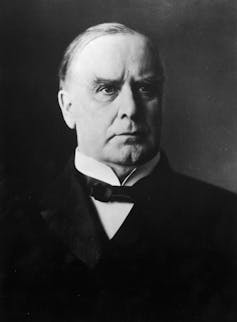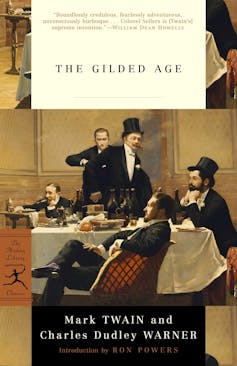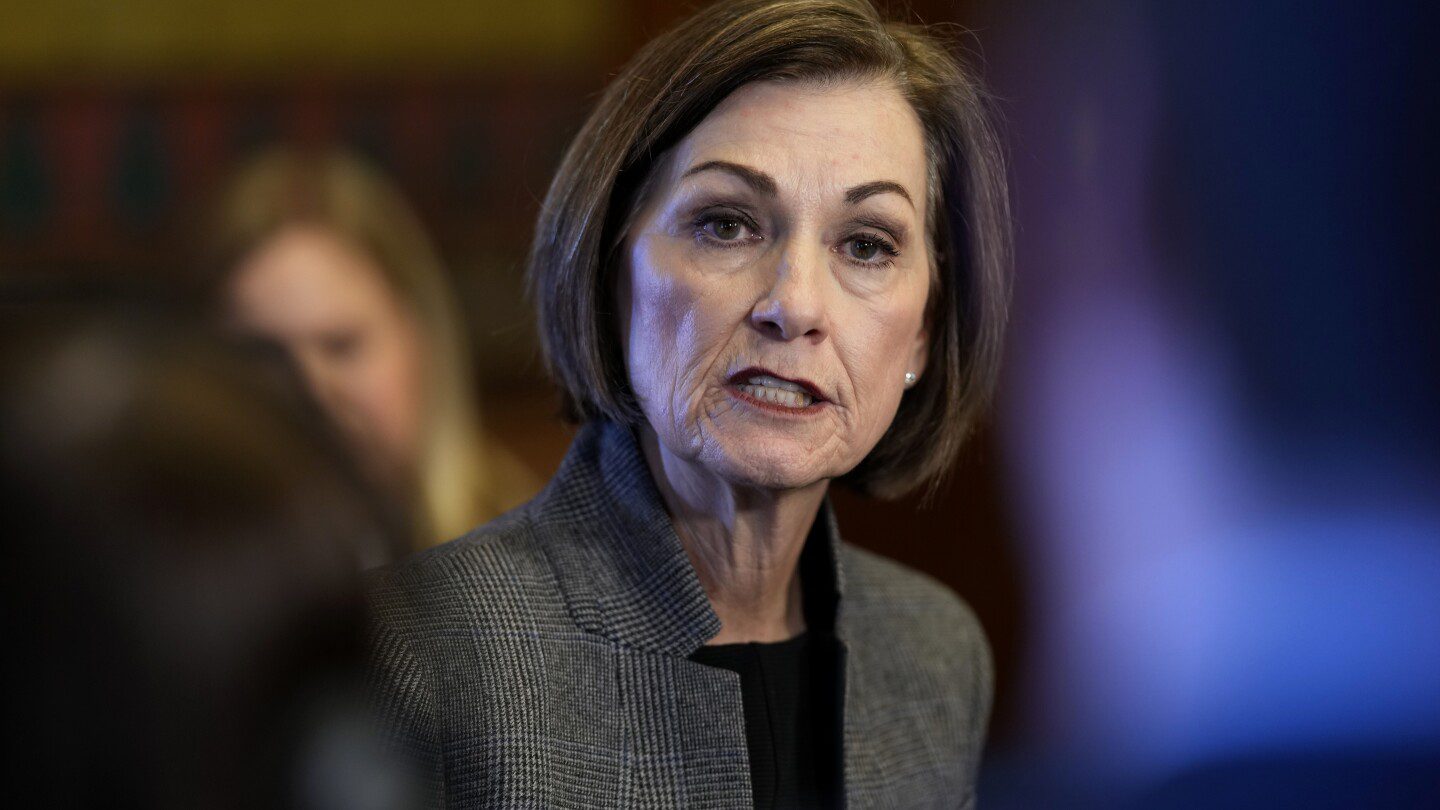
Recently, the White House released a fact sheet detailing Donald Trump’s newly proposed “Fair and Reciprocal Plan” for trade, characterizing it as “the art of the international deal.” This phrase alludes to Trump’s acclaimed 1987 book, *The Art of the Deal*.
This self-promotional move by the president raises questions about the practicality and effectiveness of his latest tariff initiative.
Historically, the U.S. has engaged in tariff “reciprocity,” suggesting that everyday citizens could face some challenges ahead.
Essentially, Trump is rebooting a tactic used over a century ago to shield nascent domestic sectors. The current aim of reciprocal tariffs, as the president asserts, is “to rectify long-standing trade discrepancies and promote equality overall.”
This initiative is aimed at countries where the U.S. perceives a lack of mutual trade advantages. It draws parallels to the policies of the 25th president, William McKinley, known for his vigorous reciprocal tariff practices in the late 19th century.
McKinley held the presidency from 1897 until his assassination in 1901. While Trump lauds McKinley’s business savvy, the economic ramifications of his presidency offer a valuable lesson.
Understanding Reciprocity
From a contemporary U.S. viewpoint, “reciprocity” involves aligned tariff rates. Trump’s strategy specifically addresses discrepancies like the 10% tariff imposed by the European Union on U.S. cars, compared to the 2.5% tariff levied by the U.S. on European vehicles.
This 10% EU tariff is categorized as its “most-favoured-nation” tariff applicable to all favored-nation trading partners, barring certain exceptions.
While this scenario indicates a lack of reciprocal treatment, the situation is not so straightforward. The U.S. imposes a 25% tariff on EU utility vehicles (pickup trucks), which is significant given the widespread appeal of these vehicles in the U.S. A 2024 survey indicates 47% of Americans own a pickup truck, and until last year, the Ford F-150 had maintained its status as America’s best-selling vehicle for 42 consecutive years.
This highlights that tariff disparities can be more intricate than they seem.
A Legacy of Reciprocal Tariffs
The pattern of fluctuating tariffs has persisted for over a century. Between 1861 and 1930, the U.S. Congress maintained authority over trade tariffs, often imposing rates as high as 50% to safeguard emerging industries.
In 1934, Congress enacted the Reciprocal Trade Agreements Act, which empowered President Franklin D. Roosevelt to negotiate reductions in tariffs with individual countries in a bid to stimulate worldwide trade during the Great Depression.
These reductions continued post-World War II, leading to the establishment of the World Trade Organization, with U.S. tariff rates eventually reducing to 5%. Economist Douglas Irwin has termed this era the “reciprocity period,” characterized by nations working to lower trade barriers.
The last significant application of “reciprocity” for increasing tariffs dates back to 1890, following the Tariff Act, often referred to as the McKinley Tariff. This is the era Trump referenced during his inaugural address:
President McKinley enriched our nation through tariffs and astute business practices.

Getty Images
Before ascending to the presidency, McKinley was at the helm of the House Ways and Means Committee. He advocated for an overall increase in import tariffs from 38% to 49.5% to “secure reciprocal trade.”
The legislation aimed at safeguarding the tinplate sector with a tariff set at 70%, striving “to diminish revenue while balancing duties on imports.”
During that time, the U.S. reaped substantial surpluses from tariff income, which posed a threat to economic vitality. Although counterintuitive today, surpluses were problematic because the gold standard pegged the dollar’s value, restricting money circulation to the government’s gold reserves.
Consequently, surplus funds had to remain within Treasury reserves, depressing the money supply and leading to sluggish growth, reduced investment, and stricter credit access.
Many Republicans believed that higher tariffs would curtail imports, thereby lowering tariff income. Conversely, the revenues from increased tariffs counterbalanced reductions in imports, exacerbating surpluses.
As a result, consumer prices surged, while farm incomes plummeted, triggering a voter backlash that saw Republicans lose control of Congress during the 1890 midterm elections. This era ushered in a financial panic in 1893, followed by a recession lasting until 1896.
Revisiting the ‘Gilded Age’
This chapter of late 19th-century American history is often termed the “Gilded Age,” inspired by an 1873 publication by Charles Dudley Wright and Mark Twain.

This book satirized the political corruption and unethical business practices that flourished through political favoritism. The title symbolizes the era’s reality—appearing prosperous but lacking true wealth.
A superficial layer of technological advancement, innovation, and affluence masked extensive corruption, scandals, and stark income disparity.
Despite these historical echoes, it is overly optimistic to anticipate success from a 1890 plan in today’s intricate global trade landscape, which functions on interlinked supply chains.
While McKinley’s flawed approach aimed for protective measures for certain industries and inadvertently sought to reduce revenue amidst surplus, Trump’s tariffs are intended to increase revenue to tackle the nation’s $36.5 trillion national debt, as well as enforce equitable trade terms.
Trump commenced his second term with a declaration that “the golden age of America begins right now.” However, akin to 1890, the risk remains that a small number of prosperous industrialists could gain from escalated protection, while the average citizen faces increased costs.
This may result in less of an “art of the deal” and more of a potential dealbreaker. Consequently, Trump might be remembered not for ushering in a new golden age, but for initiating a second Gilded Age.









